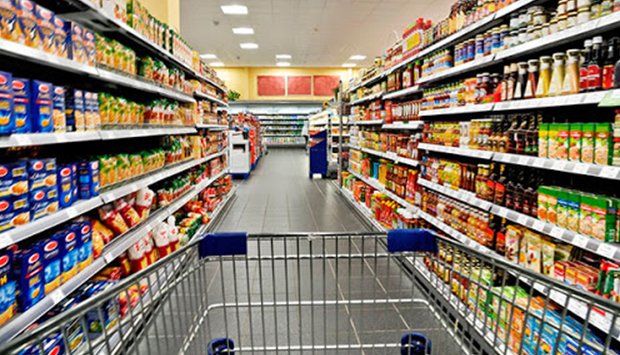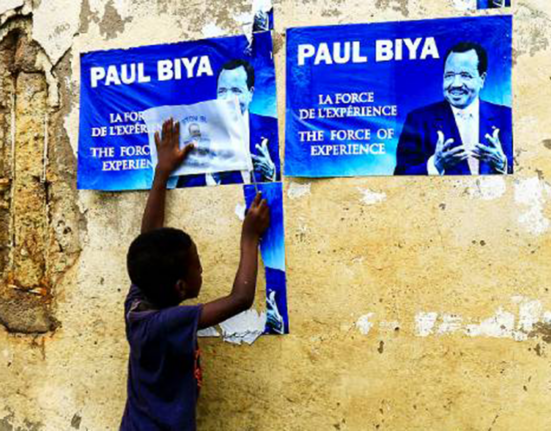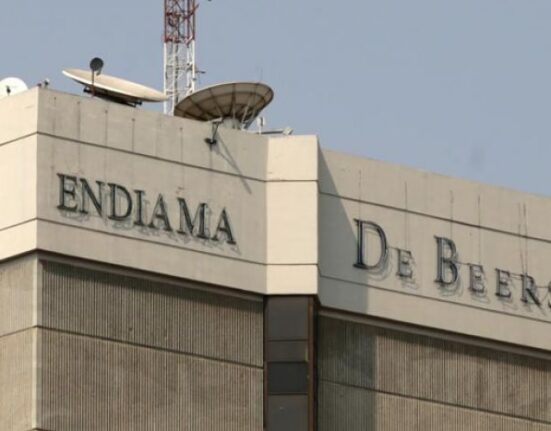By AfricaHeadline | Special Report
September 2025
A continental trend with divergent paths
Africa’s ten largest economies are seeing headline inflation ease after two years of relentless price shocks. From Johannesburg to Lagos and Cairo, the story is broadly one of disinflation, but it is unfolding at very different speeds.

AfricaHeadline Reports Team
editorial@africaheadline.com
South Africa and Morocco are now close to their inflation targets, while Ghana and Nigeria remain in double digits despite months of moderation. Egypt, long a symbol of runaway inflation, has finally turned a corner, but the sustainability of its recent gains is in doubt.
Winners: steady disinflation
South Africa (3.3% y/y, Aug) has reaped the rewards of an early and orthodox tightening cycle. Food and fuel prices eased, allowing the Reserve Bank to keep policy steady at 8.25% while markets anticipate cautious rate cuts in 2026.
Morocco (0.3% y/y, Aug) now boasts one of the lowest inflation rates globally. Bank Al-Maghrib kept its policy rate at 2.25%, confident that stable harvests and export revenues from autos and phosphates will keep price pressures subdued.
Kenya (4.5% y/y, Aug) has brought inflation into the 5% ±2.5 band as food supplies improve. Analysts say the Central Bank of Kenya may begin a gradual easing cycle in 2026 if core inflation remains anchored.
Tanzania (3.4% y/y, Aug) remains in the comfort zone, supported by stable food prices and moderate credit growth.
“These countries are the continent’s policy bright spots—credible central banks, credible data and moderate inflation,” said Joseph Mensah, economist at Oxford Economics Africa.
Fragile improvers: progress under pressure
Egypt (≈11.5% y/y, Aug) has seen headline CPI fall sharply from above 30% last year. The Central Bank cut rates by 200 basis points in late August, its first move in over a year. But analysts warn that the country’s reliance on Gulf support and IMF aid leaves it exposed to sudden FX shocks.
Ghana (11.5% y/y, Aug) has enjoyed eight consecutive months of declining inflation, helped by a more stable cedi. The Bank of Ghana surprised with a record 350 basis point cut to 21.5% this month. Yet, credibility depends on strict fiscal discipline following its debt restructuring.
Nigeria (20.1% y/y, Aug) registered its fifth month of falling prices. The Central Bank trimmed its benchmark rate by 50 bps to 27%, the first cut since Covid. The move was cautious, designed to relieve pressure on borrowers without destabilising the naira.
Angola (18.9% y/y, Aug) continues to see inflation decelerate from last year’s peaks, supported by a stronger kwanza and easing food costs. But high levels keep the central bank on edge.
Ethiopia (13.6% y/y, Aug) is slowly moderating from double-digit highs, but food inflation remains sticky and external financing constraints limit policy space.
“Nigeria and Ghana are testing early easing cycles, but their currencies are fragile. One external shock could quickly undo months of progress,” warned Lindiwe Khumalo, Africa strategist at Renaissance Capital.
Outlier: Algeria’s idiosyncratic path
Algeria (~0% y/y, Jul) is the anomaly. Subsidies on food and fuel, combined with administrative price controls, have kept headline inflation near flat. While this shields households from volatility, it also masks underlying imbalances and limits the usefulness of CPI as a guide for markets.
Comparative snapshot
| Country | Latest CPI (y/y) | Trend | Policy stance |
|---|---|---|---|
| Morocco | 0.3% (Aug) | Very low | Hold at 2.25% |
| South Africa | 3.3% (Aug) | Stable | Hold at 8.25% |
| Tanzania | 3.4% (Aug) | Low & stable | Neutral |
| Kenya | 4.5% (Aug) | Within target | Neutral |
| Egypt | ≈11.5% (Aug) | Falling fast | Cut 200 bps |
| Ghana | 11.5% (Aug) | Down 8 months | Cut 350 bps |
| Ethiopia | 13.6% (Aug) | Gradual easing | Tight/neutral |
| Angola | 18.9% (Aug) | Decelerating | Cautious |
| Nigeria | 20.1% (Aug) | 5th monthly fall | Cut 50 bps |
| Algeria | ≈0% (Jul) | Flat | Distorted by subsidies |
What markets are watching
The disinflation trend is welcome, but fragile. Three risks dominate:
-
Currency pressures. The naira, cedi and Egyptian pound remain vulnerable.
-
Food supply. Weather volatility could reverse recent progress, especially in North and East Africa.
-
Policy errors. Premature or aggressive easing could destabilise currencies and reverse gains.
The bigger picture
Africa’s inflation cycle now has two faces. In South Africa, Morocco, Kenya and Tanzania, central banks can look ahead to cautious easing in 2026. In Nigeria, Ghana and Egypt, policymakers are betting that fragile stability will hold as they cut rates. For Angola and Ethiopia, the road remains long. And Algeria’s flat CPI says more about subsidies than stability.
“Investors are shifting from asking whether Africa has beaten inflation to asking how much easing its central banks can deliver without breaking their currencies,” said Aisha Benali, senior economist at the African Development Bank.








